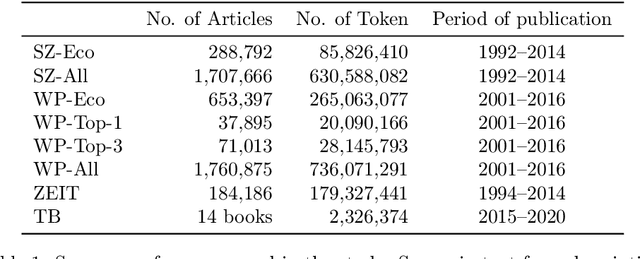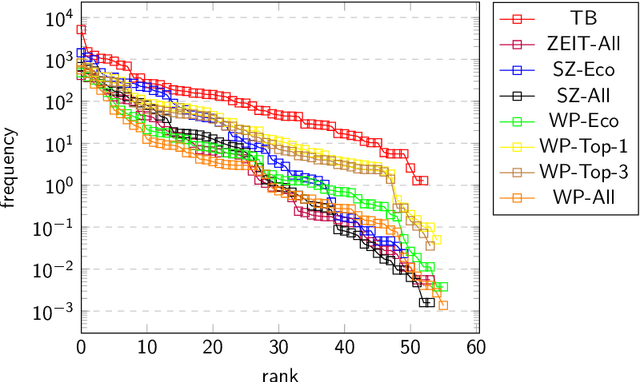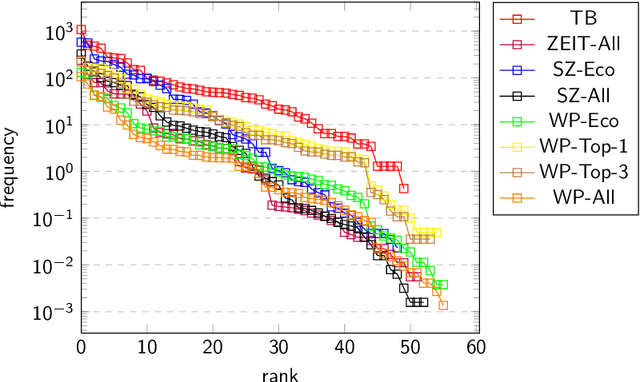Computational linguistic assessment of textbook and online learning media by means of threshold concepts in business education
Paper and Code
Aug 05, 2020



Threshold concepts are key terms in domain-based knowledge acquisition. They are regarded as building blocks of the conceptual development of domain knowledge within particular learners. From a linguistic perspective, however, threshold concepts are instances of specialized vocabularies, exhibiting particular linguistic features. Threshold concepts are typically used in specialized texts such as textbooks -- that is, within a formal learning environment. However, they also occur in informal learning environments like newspapers. In this article, a first approach is taken to combine both lines into an overarching research program - that is, to provide a computational linguistic assessment of different resources, including in particular online resources, by means of threshold concepts. To this end, the distributive profiles of 63 threshold concepts from business education (which have been collected from threshold concept research) has been investigated in three kinds of (German) resources, namely textbooks, newspapers, and Wikipedia. Wikipedia is (one of) the largest and most widely used online resources. We looked at the threshold concepts' frequency distribution, their compound distribution, and their network structure within the three kind of resources. The two main findings can be summarized as follows: Firstly, the three kinds of resources can indeed be distinguished in terms of their threshold concepts' profiles. Secondly, Wikipedia definitely appears to be a formal learning resource.
 Add to Chrome
Add to Chrome Add to Firefox
Add to Firefox Add to Edge
Add to Edge